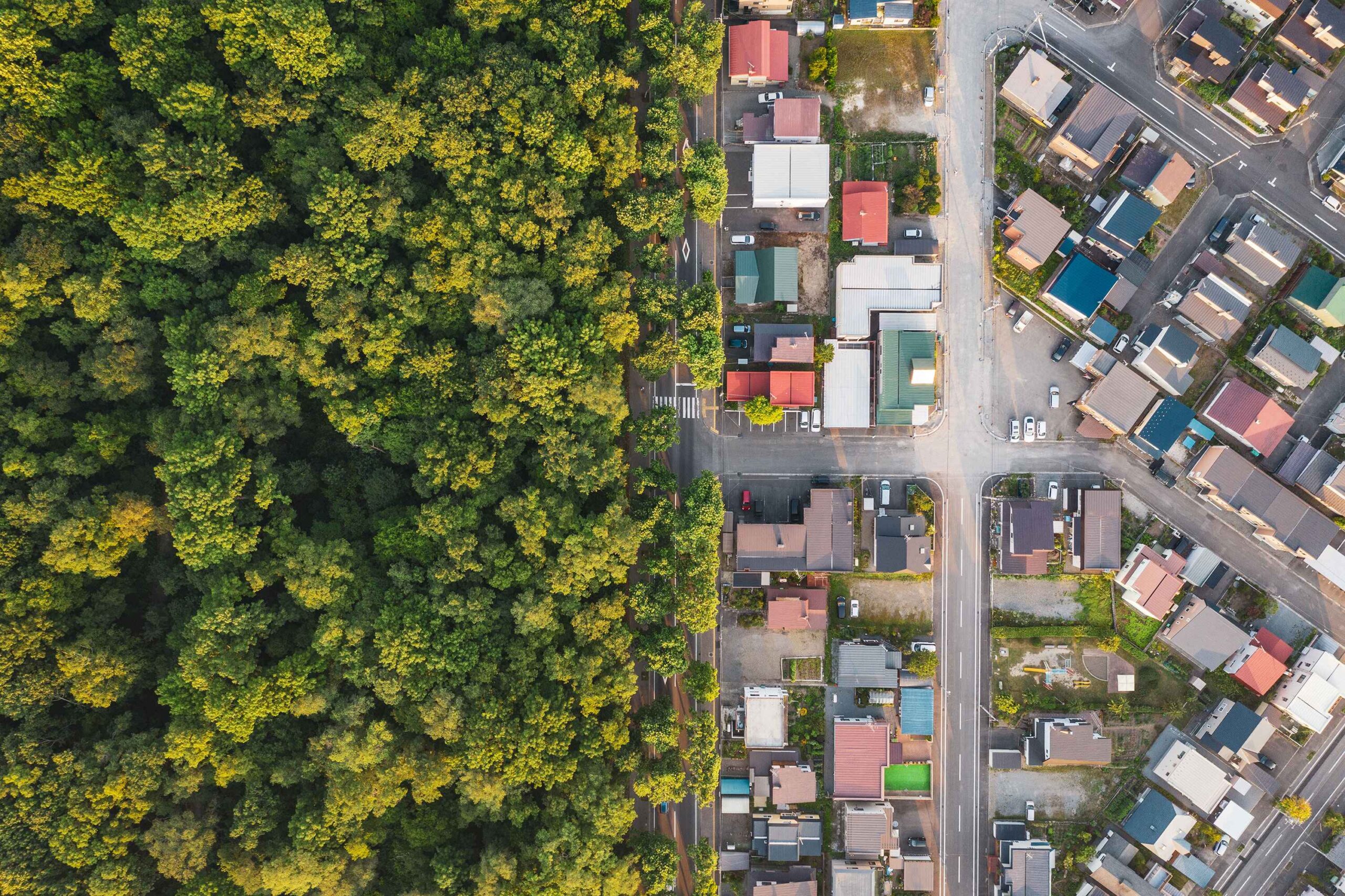A number of questions frequently come up when considering public rights of way and access to land.
What is a public right of way?
There are four categories:
- Footpath – for use by the public on foot
- Bridleway – for use by the public on foot, horseback and by pedal cycle. There may be a right to drive and lead animals
- Restricted Byway – for use by the public on foot, horseback, horse and carriage/cart and by pedal cycle. The public cannot use a restricted byway in a mechanically propelled vehicle such as motorbike or car.
- Byways Open to All Traffic – All of the above including mechanically propelled vehicles
Some Ordnance Survey mapping depicts public rights of way, but to establish the precise location and status of a route consult the Definitive Map and Statement. We would be pleased to assist with any specific enquiries.
Can a public right of way be diverted or extinguished?
Yes, there are options for this in the Highways Act 1980, and, where development is affected, in the Town & Country Planning Act 1990. This is work in which we specialise nationally and we have a great deal of experience in achieving changes to the network. We would be pleased to advise on the likelihood of achieving any specific proposals.
Land may be protected from public right of way claims based on informal public use by depositing with the local authority a statement and map, followed by a declaration within 20 years (to establish the land owner’s lack of intention to dedicate any (further) routes).
When submitting a section 31(6) deposit – when does the declaration need to be submitted after the statement? ASAP or within 20 years?
The guidance notes advise that you cannot simultaneously deposit a highways statement and map and lodge a highways declaration in relation to the same land. The declaration could be made ‘ASAP’ after the statement and plan are deposited, if the landowner wishes and we recommend that it is good practice to do this. However, the declaration must be lodged within 20 years of the statement for land to be protected for that whole period. We also recommend that if a landowner is notified of an application to add a public right of way to their land, a declaration should be submitted immediately, reaffirming that they have no intention of dedicating their land as highway.
What steps, if any, can be taken by a landowner to protect against possible future claims for an unrecorded right of way?
A Section 31(6) deposit provides protection against claims for routes based on informal public use, and landowners may want to supplement that protection with locked gates, signs and challenges to users where use is taking place.
However, the deposit cannot protect land from public right of way claims where there is historic documentary and/or map evidence sufficient to prove that a route exists. To rebuff a claim of this nature it is necessary to review the evidence submitted and any other that comes to light during the Council’s investigation of the claim, or independently. This is very specialist work and we are pleased to be able to offer this advice. We are familiar with researching and interpreting historic documentary evidence and maps relevant to alleged unrecorded public rights of way.
Can motor powered vehicles legally use a ‘Green Lane’?
A ‘Green Lane’ is not a category of public highway and the status of each Green Lane would need to be established. Where a Green Lane is recorded as a Restricted Byway, the public has no right to use a mechanically propelled vehicle along it. Where a Green Lane is a public vehicular road or byway open to all traffic, the public has a right to use motor vehicles, subject to any other restrictions on access, such as a Traffic Regulation Order. However, this does not mean that such routes are suitable for motor vehicles.
I have a field adjacent to new housing, and the public are walking over it and parking on the field. How do I control this?
The most certain way is to secure the boundaries and stop access. However, if this is impractical, erect appropriate signs and take photographs to show evidence of the signs being in existence. The signs should advise users of their rights (if any) and whether access is forbidden, or is allowed by permission. We would be pleased to advise on specific signs, including in relation to parking.
If there is a risk that the use could lead to the creation of a Town or Village Green Claim, then consider making a deposit under section 15A(1) of the Commons Act 2006. We would be pleased to advise further on the risks and benefits of this. If use has only started recently it will generally be advantageous.
If you have provided permission to the public for over 20 years and then try to revoke it, can you do this? Or is there an expectation that a right has been created?
Permissive access may be withdrawn at any time or within the terms of an agreement if there is one. It may be prudent to warn users that permission is going to be withdrawn. This can avoid any misunderstanding about the terms on which access has previously been provided and we would be pleased to advise further. Permissive access cannot, by definition, lead to the creation of a right of way but landowners should make sure that they know who is accessing their land and that any permission given for this has been brought to the attention of the visitor.
What is ‘user evidence’? Would the term include purely witness evidence only?
‘User evidence’ is also known as witness evidence and can include evidence submitted by the claimant for an unrecorded public right of way, to support their application. Third party evidence is not relevant, for example a statement by a Parish Council that local people have used a route.
For a claim based wholly on user evidence to succeed the user evidence would need to show that a route has been in continuous use by the public without permission, force or secrecy for a period of at least 20 years. Shorter periods apply to claims made under common law. Such claims can still be defeated by landowners showing a lack of intention to dedicate a route. We would be pleased to advise further.
Can a BOAT be extinguished?
Yes. This would most likely involve an application to the local highway authority under section 117 of the Highways Act 1980. We have achieved such extinguishments and would be pleased to advise further.
What is the 2026 ‘cut-off’ and what is the current situation?
The ‘cut-off’ date refers to provisions in the Countryside and Rights of Way Act 2000:
Section 53 provides that public rights over footpaths or bridleways created before 1 January 1949, but which are not recorded on the definitive map on the cut-off date, are to be extinguished immediately after the ‘cut off’ date’. The section also provides that any unrecorded higher rights created before 1 January 1949 over footpaths, bridleways or restricted byways shown on the definitive map will be extinguished on the same date.
Section 56 defines the cut-off date as 1 January 2026. It also allows for the cut-off date to be extended by up to five years and regulations may be made to deal with a range of exceptions, savings, and pending and on-going cases. Local authorities may be allowed an extra year to review their own records and consider if they wish to save any routes they identify as potentially unrecorded rights of way, but for which applications have not been made. In addition section 54A of the Wildlife and Countryside Act 1981 precludes the addition of Byways Open to All Traffic to the Definitive Map after the cut-off.
However, this legislation required regulations to be laid before Parliament and was not implemented at the time. Various projects have been set up since 2000 aimed at ensuring that as many unrecorded routes as possible were captured before 1 January 2026. The Ramblers, Open Spaces Society, British Horse Society and others submitted high volumes of applications for the recording of routes to authorities for determination.
In February 2022, to the consternation of many landowners and others, Defra announced that it would not be implementing the legislation. The cut-off date would not take effect. Read more in our legal update.
Authorities are now faced with very long lists of claims for unrecorded routes. As they work through them landowners may find themselves dealing with correspondence asking for information about a claimed route. We would recommend taking specialist advice if such correspondence is received and we would be pleased to advise.
If a public right of way passes over land what are the owner’s obligations to maintain it, signpost it, keep it clear etc?
The responsibility to maintain the majority of public rights of way rests with the highway authority. This includes cutting natural surface growth where a route is publically maintainable.
Landowners are responsible for cutting overhanging or side growth. They should also be aware of the very specific requirements to reinstate cross field footpaths and bridleways disturbed by farming operations.
The highway authority is also responsible for signing routes and providing waymarks where they are needed. Litter is the responsibility of the local waste collection authority to clear.
If you are not sure whether you should be carrying out any work, consult the highway authority. Most Council websites contain ‘Landowner Responsibilities’ sections on their public rights of way pages.
Key Contacts
Very strong firm that is regularly doing work that would usually be reserved for City practices. A good range of experience and expertise.
Legal 500 [UK 2022]










